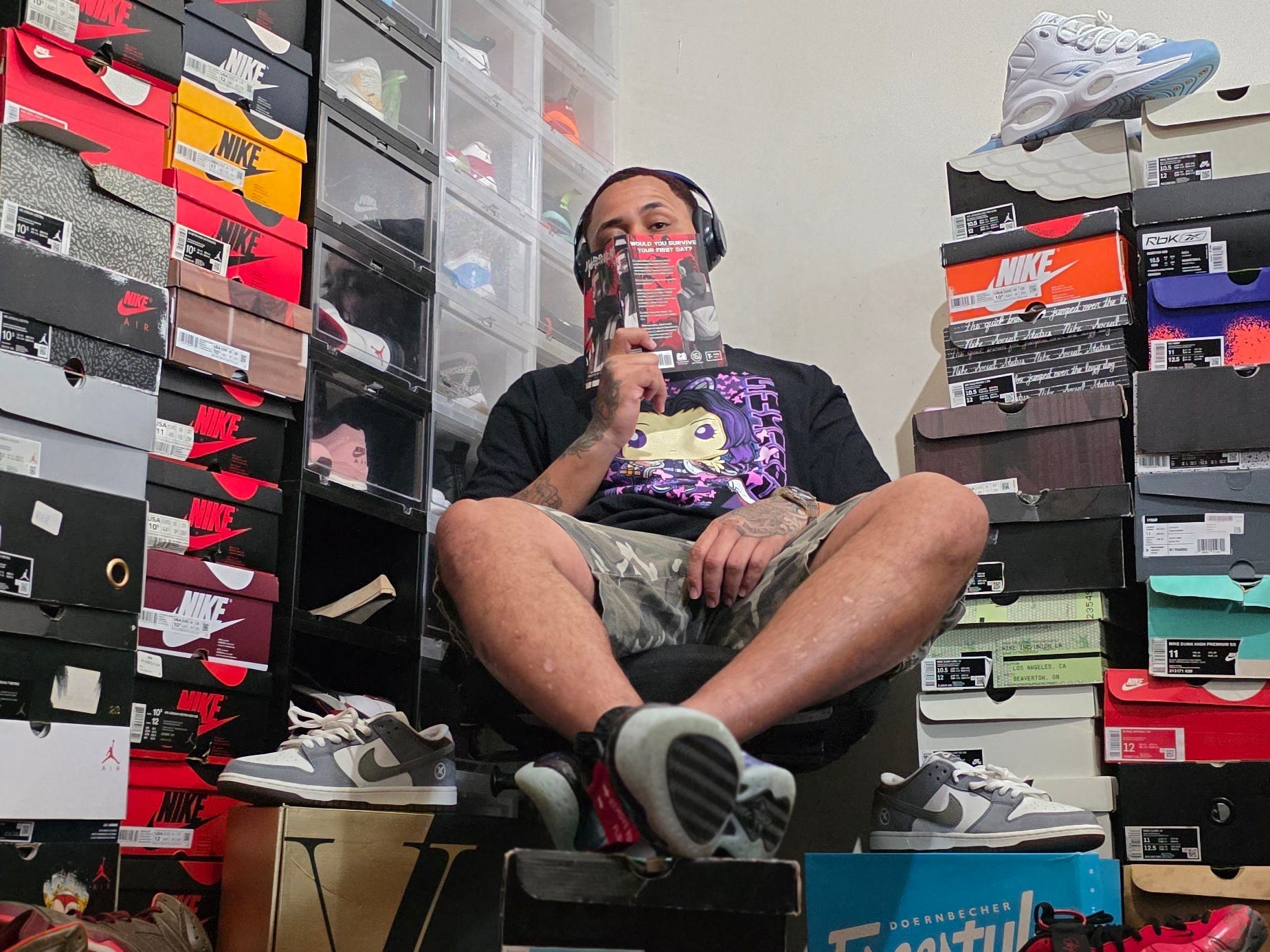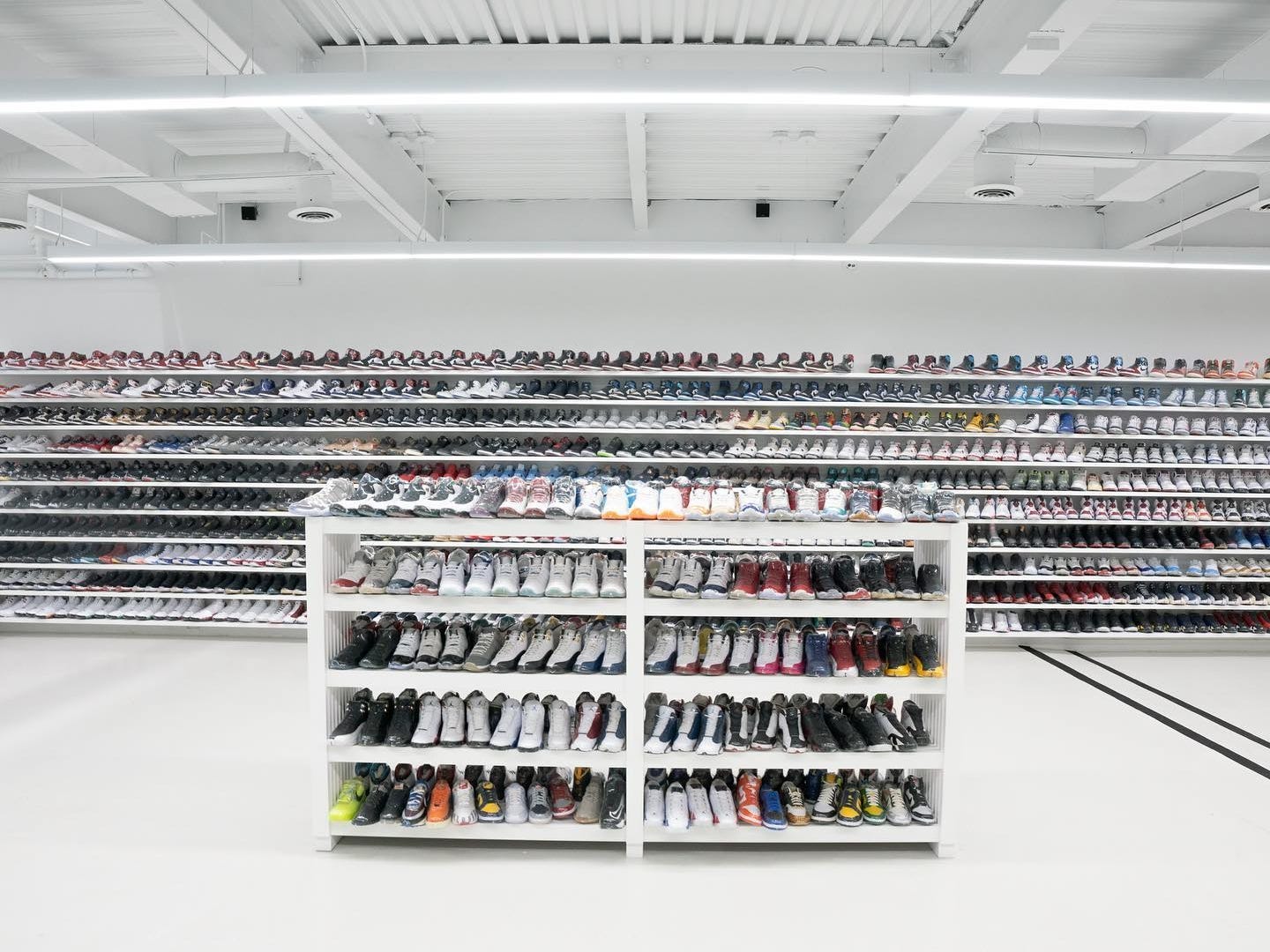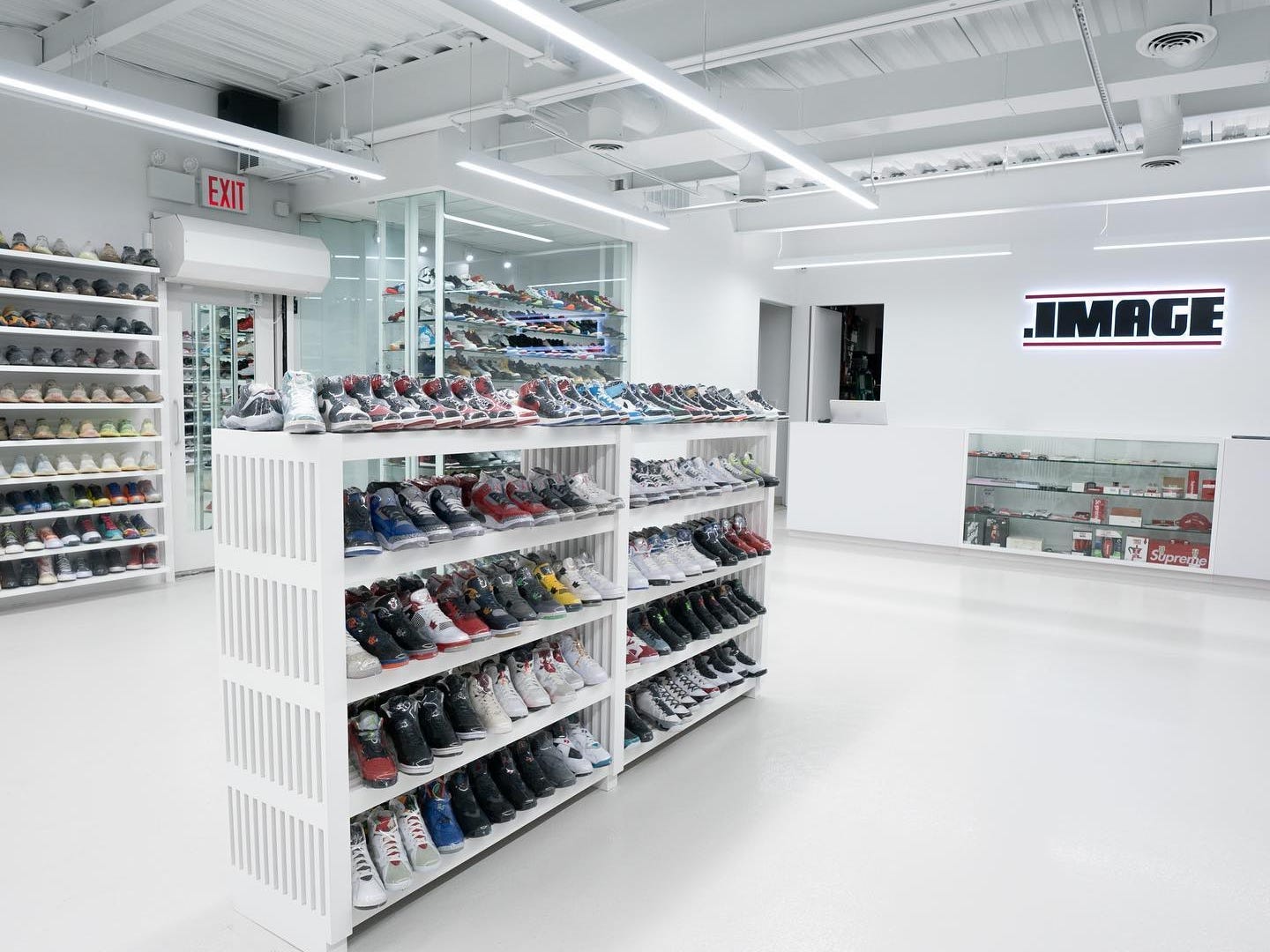
Lamar Stewart
Nike’s biggest fans have some tips for the retail giant.
The sportswear brand is on a journey to regain its footwear dominance.
Although its $46 billion in annual sales are ahead of smaller competitors like On Running, longtime rival brands like Adidas are nipping at its heels when it comes to mindshare.
Nike’s sales fell 10% during its last fiscal year. In October, as growth was stalling, the company brought on a new CEO, Elliott Hill, to get the business back on track. He’s been slashing promotions, prioritizing wholesale relationships with major retailers, and putting sports back at the brand’s forefront.
Many avid shoe collectors, sometimes called sneakerheads, have followed the brand through its ups and downs over the years. Business Insider spoke with two loyal customers and an analyst who follows the company closely. They had mixed perspectives on the Nike of 2025.
Here’s what people who know Nike well have to say about the wins and losses of its comeback efforts.
Nike needs to get better at knowing what to stock and when
Lamar Stewart, a 32-year-old collector who estimates he owns over 100 pairs of shoes, said his love of Nike goes back to his teenage years. Lately, though, he’s found some of the brand’s drops underwhelming.
Part of the problem is Nike’s inventory strategy, including knowing when to limit or increase the quantity of a sneaker. Take the classic University of North Carolina Jordan 1 that Nike reimagined and released in May, Stewart said. Though he and other sneakerheads he knew were hyped for the famous blue and white shoe drop, the company released so many that Stewart saw them “sitting on shelves” in stores and online.

Shu Cheng
“When they have a lot of stock, people aren’t feeding into it,” Stewart said.
It’s an issue Nike is addressing behind the scenes. Hill, the former president of consumer and marketplace who returned to the company as CEO, is helping Nike lessen its reliance on retro styles, such as Air Force Ones, Nike Dunks, and Air Jordan 1s. Nike has been collaborating with some of the WNBA’s biggest stars on new styles and reviving its focus on running, for example.
Some analysts are optimistic that Hill can help manage this “tug-of-war between scarcity and distribution,” BMO Capital Markets analyst Simeon Siegel said.
Exclusivity is necessary
Nike did better anticipating demand with the Neon Air Max 95. It’s “one of the most legendary Air Maxes,” Stewart said, and collectors went crazy for the April release.
Stewart said the drop drummed up feelings of the old days for sneaker collectors like himself, recalling the excitement of waking up early to stand in line for a coveted shoe. It may have been frustrating for those who couldn’t get their hands on them, but complaints about not enough shoes are good for the apparel giant. It’s better to leave customers wanting more.
Hill said during Nike’s earnings presentation last week that the company saw promising results in the fourth quarter with “reintroducing the Air Max 95 to a new generation.”
Siegel said creating exclusivity is key to appeasing sneakerheads. Recreational shoe collectors want what their peers can’t easily get their hands on. That’s part of why the company mixes in drops exclusive to its SNKRS app.
“Nike needs to have many shoes that are hard to get,” Siegel said.
Innovation is tricky
Innovation is also critical to Nike’s efforts to move beyond its retro styles.
Shu Cheng sells many Nike styles at .IMAGE, the New York City sneaker consignment store he cofounded.
He said he does his best to educate Jordan-obsessed customers about Nike’s new technologies, like the Nike x Hyperice Hyperboot, which heats up and massages ankles. His shoppers are more interested in retro styles, though.
“We want to give our customers Nike’s innovation, but they’re not coming in and asking for it,” Cheng told BI.
Still, some of Nike’s more innovative shoes have sold well. WNBA star A’ja Wilson’s A’One sneaker sold out in under five minutes in May’s online release. The A’One was made with Nike’s cushioning technology called Cushlon ST2 foam.

Shu Cheng
“I think where Nike went wrong in recent years was losing focus on what has made the company great for so many years, which is innovating and designing really cool products and telling marketing stories that gets the consumer excited about those products,” Jim Duffy, a Nike analyst for Stifel Institutional, previously told Business Insider.
Such innovation comes from putting their “ear to the streets” and listening to consumers, Stewart said. Smaller rivals are flourishing by “giving the people what they want,” he said.
Running brand Hoka, for example, has been a leader in the ultra-cushioned shoe trend among athletes. To catch up, BMO analysts suggested Nike take a leaf out of its old playbook and be a “fast copier” of what’s working for Hoka.
Nike, which released its cushioned Vomero 18 running shoes in February, is already following the trend.
Testing out the newest Nike Vomero 18s on a quick 4 mile run, to see if they’re worth all the hype! Spoiler alert ‼️: they absolutely are 🙂↕️🙂↕️ Every runner at any skill level needs a shor that feels great for THEM. I thought they would be all hype and feel like my Hokas, but boy was I WRONG! @Nike #nikeshoes #nike #runningshoes #nikevomero18 #vomero
What’s next for Nike
Nike’s renewed sports-first approach is smart, Cheng said. Instead of focusing on celebrities — like competitors Puma and On have done with Rihanna and Zendaya — collaborating with athletes leans into Nike’s image as a sportswear brand.
However, there’s no denying the connection that sports style has with streetwear. The Air Jordan 1 started off as a basketball shoe and grew into a cultural phenomenon and its own brand under Nike Inc. The sportswear company is no stranger to partnering with luxury brands and A-listers like Jacquemus or Travis Scott, either.
Nike is cooking up a unique collaboration with Kim Kardashian’s Skims. The launch was recently delayed but is expected to be released in 2025, analysts said. Cheng said it’s a good play to continue attracting female customers — something he said is missing from his shop.
“We used to sell a lot smaller sizes, and now less and less females come in,” Cheng said. “It might bring back that customer base.”
Winning over women is another brick laid in the groundwork of Nike’s journey back to the top. Its first Super Bowl commercial in decades starred female athletes, and it’s the popularity of the WNBA.
“Nike, the business, still dwarfs the competition,” Siegel wrote in an analyst note.
The post Sneakerheads and footwear insiders tell us why Nike is on the right track appeared first on Business Insider.




